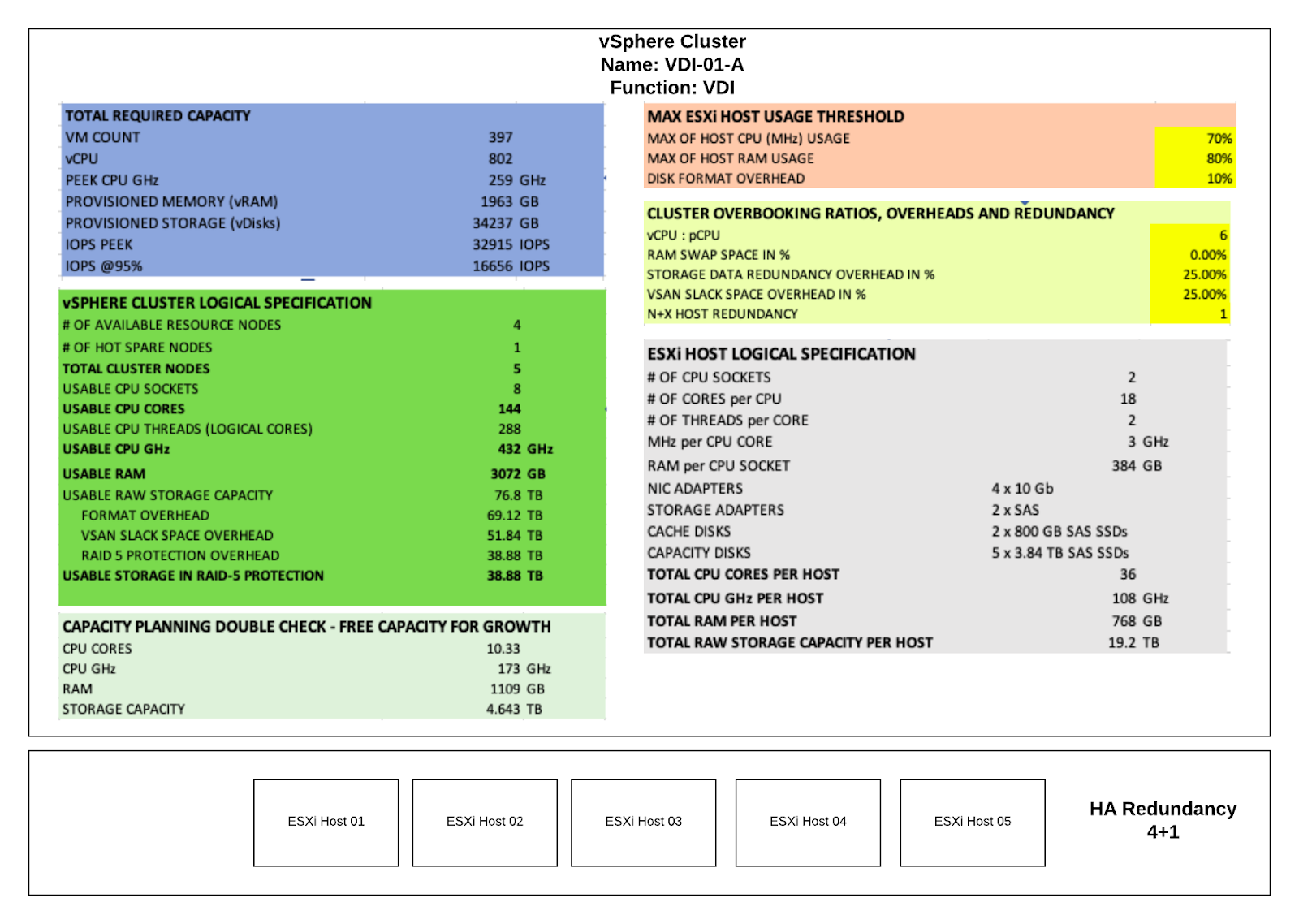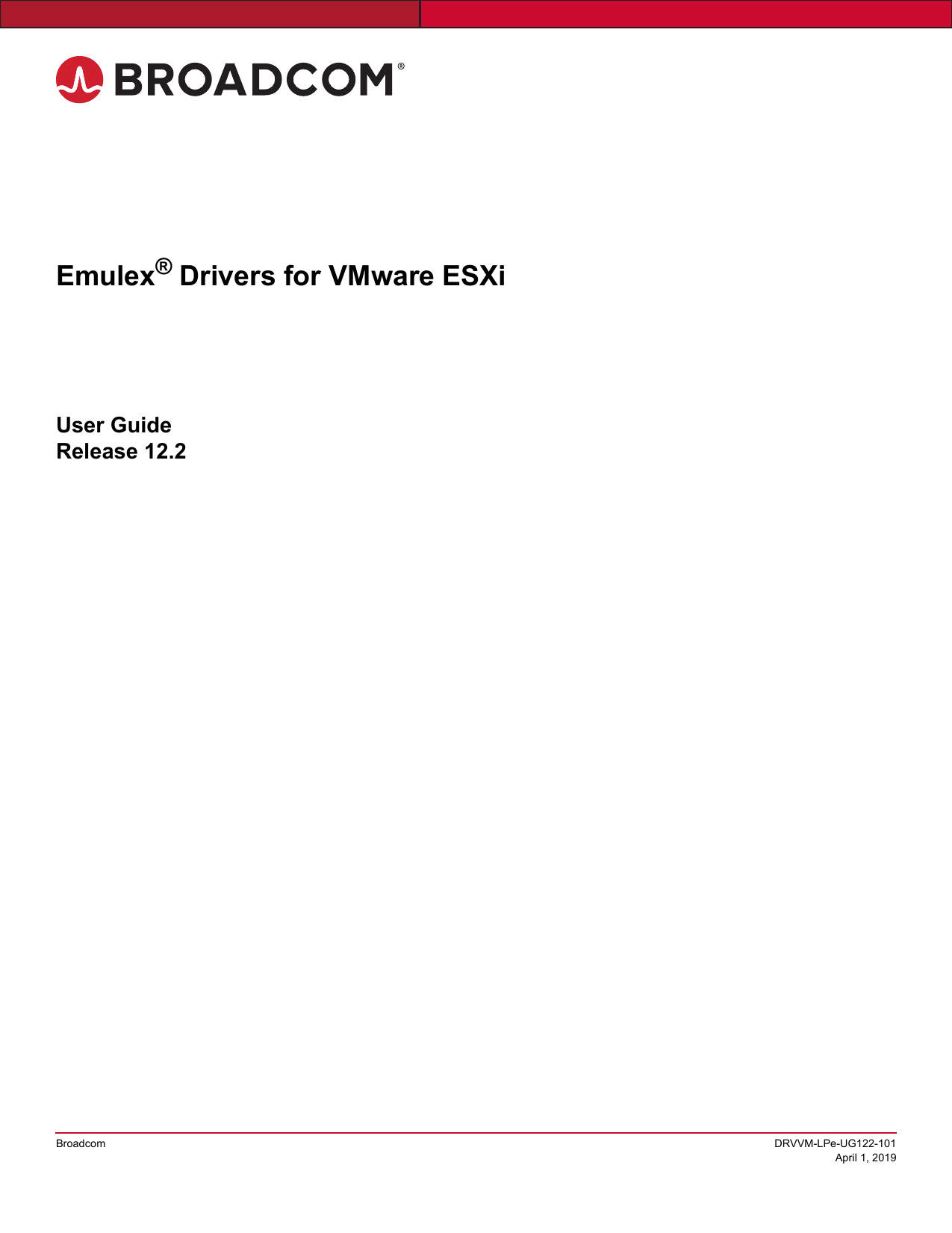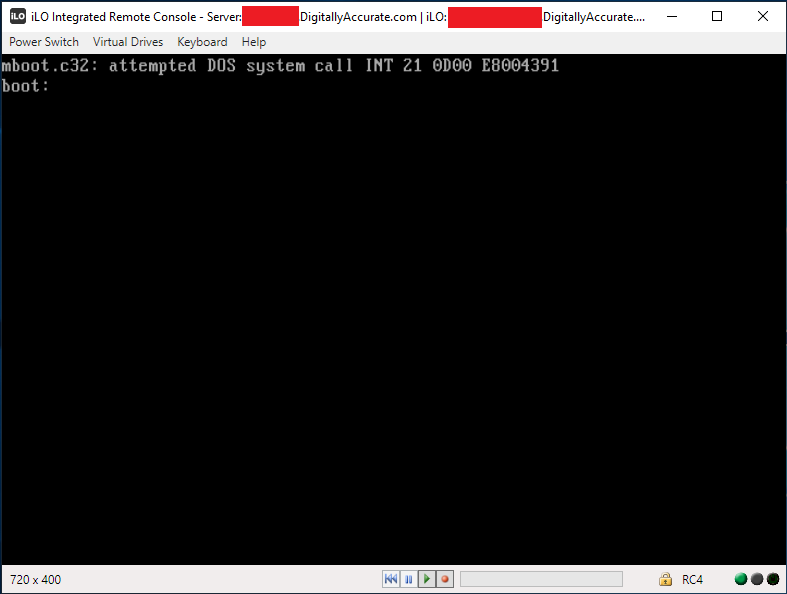


If your OS is Windows, access the vcsa-ui-installer > win32 directory and run the installer.exe.įrom the installation wizard, click Install to proceed with the installation of a new vCenter Server. Stage 1 begins deploying the vCenter Server. The installation of the vCSA is a two stage process:

The installation can be launched from one of the supported OSs: Windows, Linux, and MacOS. Mount the ISO and select the appropriate installer based on the OS from which the installation is executed. To perform a new install of the vCenter Server Appliance (vCSA), from the VMware website download the latest version of the vCSA in. When the DNS entry has been created, you can begin the installation. Specify the DNS name and the associated IP address. In your DNS Server (Windows version in the example) create a new A record. VSphere 6.7 upgrade vSAN 6.6 to 6.7 - pt.4īecause VMware vSphere infrastructure strongly depends on DNS, before proceeding with the installation of the vCSA you have to configure the A record in your DNS Server that points to the new vCenter Server. VSphere 6.7 upgrade ESXi 6.5 to 6.7 - pt.3 VSphere 6.7 upgrade vCSA 6.5 to 6.7 - pt.2 Currently the vCSA direct upgrade to version 6.7 is supported for the vCSA 6.0 or above with the exclusion of version 6.5 U2 but it was announced during VMworld 2018 US that migration from 6.5 U2 will be supported with the upcoming vCSA 6.7 U1 update release. Since the first vSphere component to configure is always the vCenter Server, you have the option to perform a fresh installation or an upgrade from a previous version. The upgrade process must be planned carefully to avoid services disruption or data loss. When you plan the upgrade of your virtual infrastructure to latest VMware vSphere 6.7, first step to take is a new installation of the vCSA component.


 0 kommentar(er)
0 kommentar(er)
